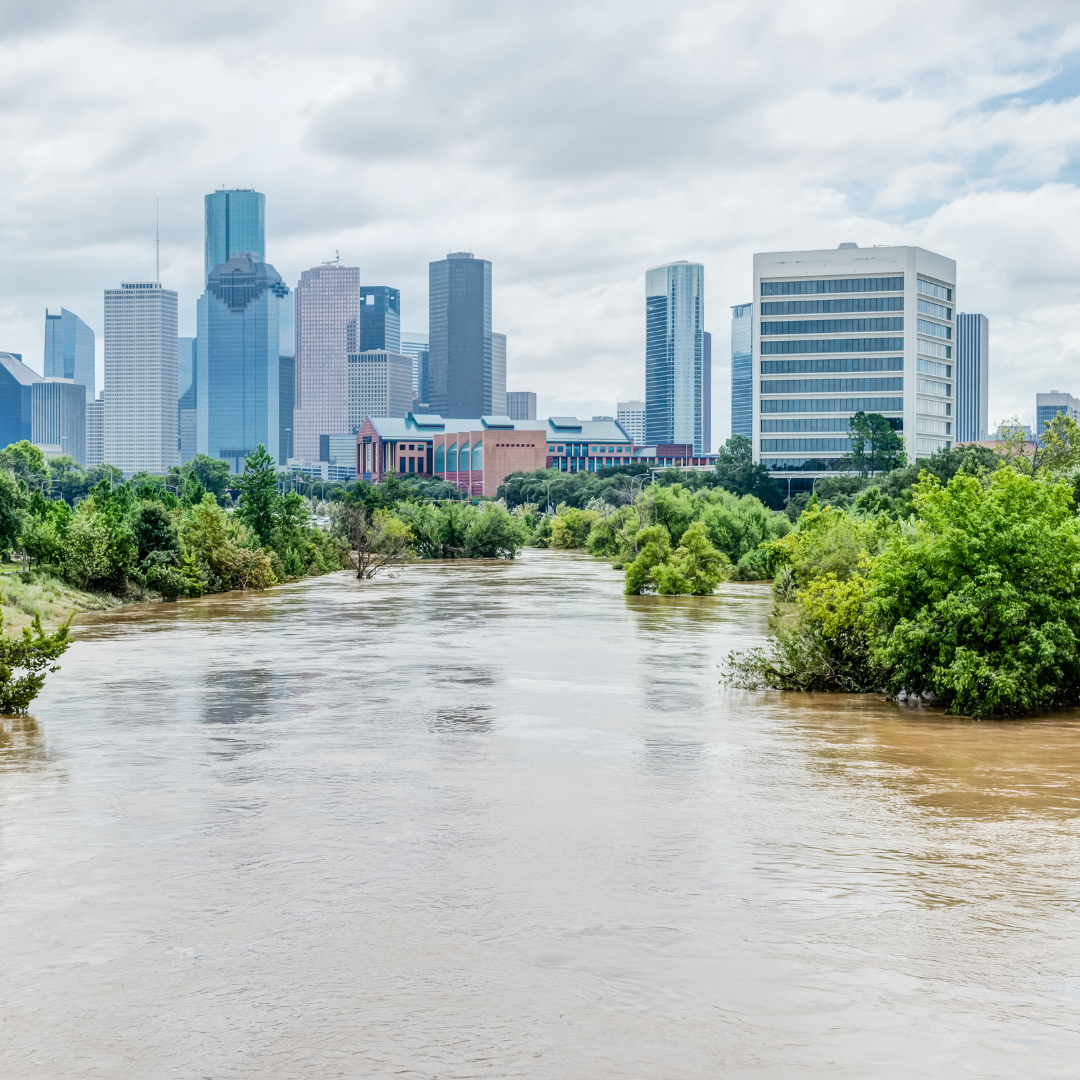
Hurricane Preparedness Information Presented by the City of Manvel
Hurricane season is here! Stay informed and prepared to keep your family & home safe.
The following information can be found on the City of Manvel website:
Hazards of a Hurricane
According to the National Weather Service (NWS), hurricanes themselves are not the only threat posed by these weather events. Tropical storms and depressions can also be devastating. Tropical cyclones (which include tropical depressions, tropical storms, and hurricanes) can cause storm surge flooding, inland flooding from heavy rains, destructive winds, tornadoes, and high surf and rip currents.
Storm Surge
Storm surge is the abnormal rise of water generated by a storm's winds. They can travel several miles inland, especially along bays, rivers, and estuaries, and is the leading cause of hurricane-related deaths in the United States. Storm surges and large battering waves can result in significant loss of life and cause massive destruction along the coast.
Flooding
Flooding from heavy rains is the second leading cause of fatalities from landfalling tropical cyclones. Widespread torrential rains associated with these storms often cause flooding hundreds of miles inland and can persist for several days after a storm has dissipated.
Winds
Strong winds from a hurricane can destroy buildings and manufactured homes. Signs, roofing material, and other items left outside have the potential to become airborne projectiles during hurricanes.
Tornadoes
Tornadoes can accompany landfalling tropical cyclones, typically occurring in rain bands well away from the storm's center.
Waves
Dangerous waves produced by a tropical cyclone's strong winds can pose a significant hazard to coastal residents and mariners. These waves can cause deadly rip currents, significant beach erosion, and damage to structures along the coastline, even when the storm is more than 1,000 miles offshore.
Preparing for Hurricanes
The best time to prepare for a hurricane is before the season begins on June 1. It is vital to understand your home's vulnerability to storm surge, flooding, and wind.
Follow these tips on how to prepare for a hurricane and learn more from the provided additional resources:
- Write or review your Family Emergency Plan: Before an emergency happens, sit down with your family or close friends and decide how you will get in contact with each other, where you will go, and what you will do in an emergency. Keep a copy of this plan in your emergency supplies kit or another safe place where you can access it in the event of a disaster. Make a plan at Ready.Gov.
- Review Your Insurance Policies: Review your insurance policies to ensure that you have adequate coverage for your home and personal property.
- Understand NWS forecast products, especially the meaning of NWS watches and warnings
- Check emergency equipment, such as flashlights, generators, and storm shutters
Prep an emergency supply kit:
- Water: One gallon of water per person per day for several days, for drinking and sanitation
- Food: Have at least a several-day supply of non-perishable food such as canned food and a can opener, dry cereal, and protein-rich foods like nuts and energy bars
- Baby, special needs gear: If you have a baby or family member with special needs, pack diapers, and any special formula or food
- Pet supplies: Food and water
- Radio: Battery or hand cranked
- Flashlight: Replace the batteries before the season starts and pack extras
- First Aid Kit: Also check that you have essential medications
- Whistle: To signal for help
- Dust mask: To help filter contaminated air
- Plastic sheeting and duct tape: To shelter in place
- Moist towelettes, garbage bags, and plastic ties: Used for personal sanitation
- Basic toolkit: Pliers, wrench, screwdriver, or otherwise to turn off utilities
- Local maps
- Charged Cell Phone: Keep a spare charger as well
Find more resources, tips, and checklists from the National Weather Service.
Preparing Your Home and Vehicle
Hurricane-force winds have the potential to turn landscaping materials into airborne projectiles that can cause structural damage to homes. Much of the property damage associated with hurricanes occurs after the windstorm when rain enters structures through broken windows, doors, and openings in the roof. Preparing before a hurricane can help you manage the impact of high winds and floodwaters. The Federal Emergency Management Agency (FEMA) provides these recommendations for preparing your home for a hurricane:
- De-clutter drains and gutters
- Bringing in outside furniture
- Replace gravel or rock landscaping materials: Materials that are fire-resistant material and lighter in weight won't cause as much harm
- Cut weak branches and trees: These could fall on your house in a storm
- Install storm shutters: Storm shutters protect your windows from breakage. If you cannot afford storm shutters, fit plywood panels to your windows, which can be nailed to window frames when a storm approaches
- Make sure exterior doors are hurricane-proof: Have at least three hinges and a deadbolt lock that is one inch long or longer
- Sliding glass doors: Tempered glass is recommended and during a storm, cover them with shutters or plywood
- Replace old garage doors: Install garage doors and tracks that are approved for both wind pressure and impact protection
- Seal outside wall openings: These include vents, outdoor electrical outlets, garden hose bibs, and locations where cables or pipes go through the wall. Use a high-quality urethane-based caulk to prevent water penetration
- Boats and trailers: If you have a boat on a trailer, know how to anchor the trailer to the ground or house
Prepare your car by airing up tires, checking your battery, filling up your gas tank, and reviewing your emergency supply kit. If you must drive in a storm, first check that your route is accessible on DriveTexas.
For more information, visit cityofmanvel.com/443/Hurricane-Preparedness.